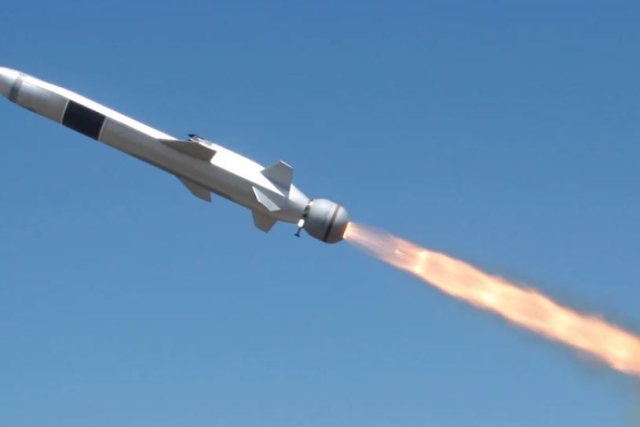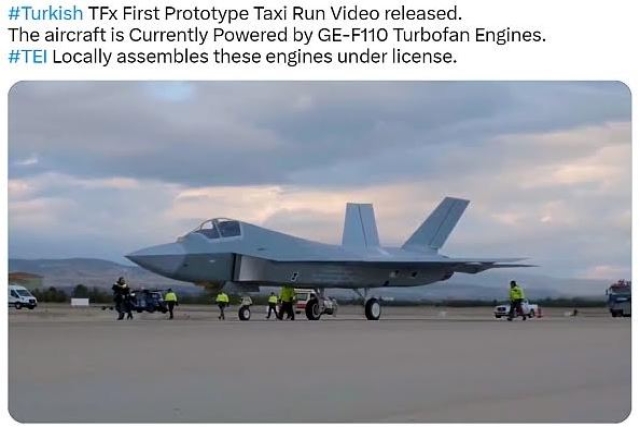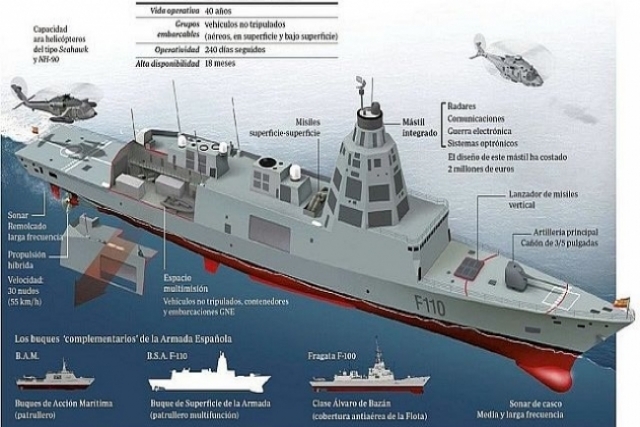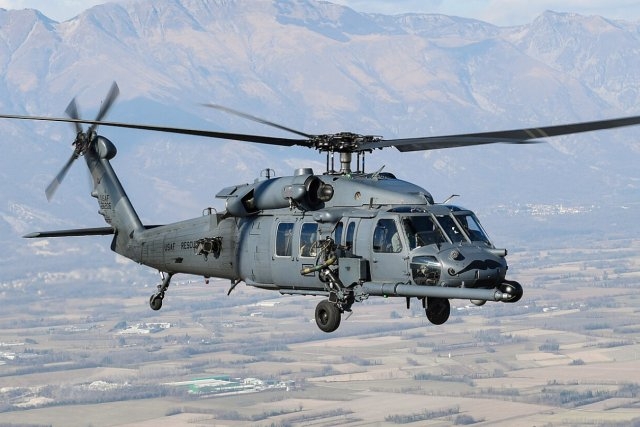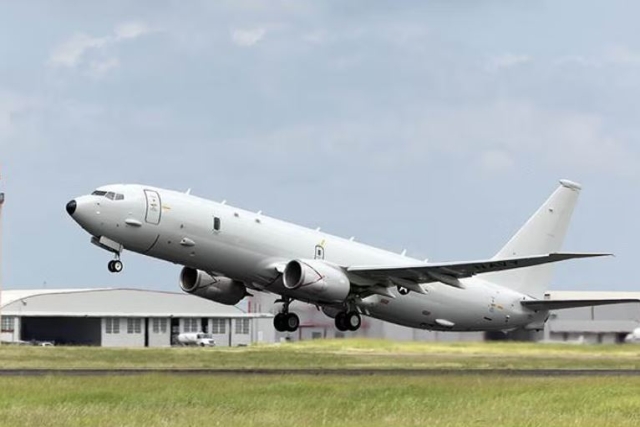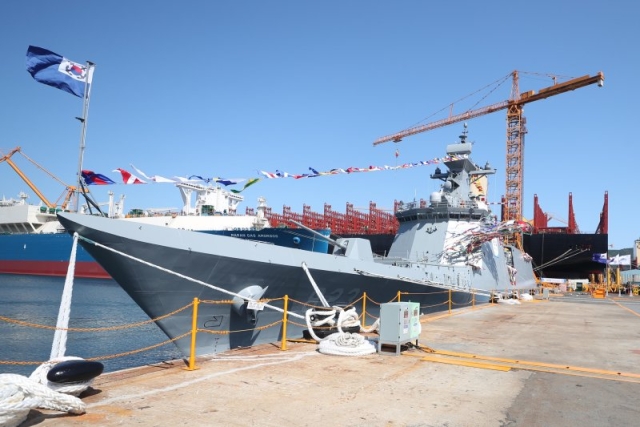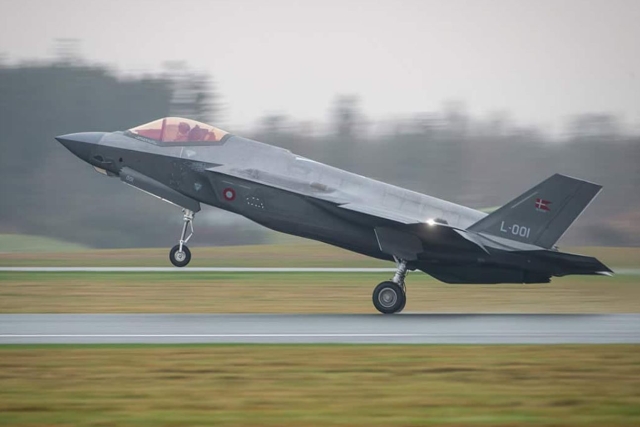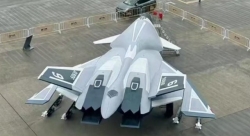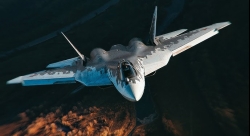First Live Tracking Test Completed for Spain’s F-110 Frigate Radar
The radar tracked airborne objects, demonstrating its readiness for further testing.

Lockheed Martin and Navantia have completed the first live tracking test for the radar system designed for Spain’s F-110 multi-mission frigate.
The test was conducted at Lockheed Martin's Aegis SCOMBA Integration Center in Moorestown, New Jersey.
The radar tracked airborne objects, demonstrating its readiness for further testing. Delivery of the system is planned for 2026, with the F-110 frigates expected to join the Spanish Navy starting in 2028.
The F-110 program, initiated in 2019, involves the construction of five frigates, with the first vessel, F-111, under construction since 2022 and advancing ahead of its initial schedule. These frigates are designed as multipurpose escort ships capable of anti-aircraft, anti-surface, and anti-submarine operations, intended for force protection and naval projection in coordination with other units. Each frigate has a displacement of 6,100 tons, a length of 145 meters, a width of 18 meters, and a draft of 5 meters. They can achieve speeds of up to 35 knots and accommodate a crew of 150 sailors. Aviation facilities include a hangar and helideck capable of supporting two NH-90 NFH/TTH or SH-60 helicopters, or unmanned aerial vehicles.
The design incorporates advanced features such as an integrated mast with sensor and antenna solutions, a multi-mission space, and a hybrid propulsion plant that enhances efficiency and reduces noise. The frigates will utilize the SCOMBA combat system developed by Navantia Sistemas. They also represent Spain's first naval program to integrate a Digital Twin, a virtual replica updated with real-time data from onboard sensors. This cyber-physical system, supported by technologies like cloud computing, machine learning, and IoT, enables remote operation and maintenance from considerable distances.
Additionally, the frigates will feature the Integrated Services System, created in collaboration with the Universities of Vigo and Coruña, which streamlines onboard wiring by incorporating sensors into lighting systems. Other innovations include onboard 3D printing for manufacturing spare parts and an integrated cybersecurity system, which contributes to reduced crew requirements and enhanced living conditions.

